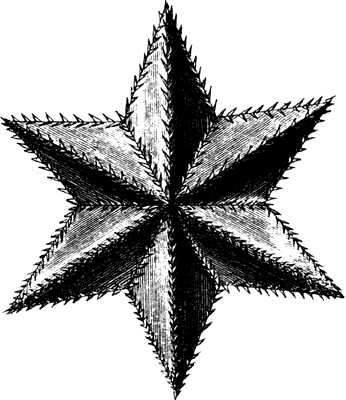LITR 5731 Seminar in American
Multicultural Literature: Immigrant

Sample Student Midterms, summer 2008
|
Web Review |
Connie Bares
Web Review
(review time 2 hours, writing time 2 hours)
While reviewing different essays, I found Diane Palmer’s essay to be interesting. In class we discussed how “The Man to Send Rain Clouds” was a mixture of both minority and immigrant narrative because they chose different aspects of both cultures that they wanted to follow. In Diane Palmer’s essay from summer 2006 she states “Other minorities choose not to fight but choose to live life their own way while adjusting to the Dominant culture. In Leslie Marmon Silko’s “The Man to Send Rain Clouds,” we view a group of Indian minorities that choose to view the world their own way with the help of a Catholic priest.” “They lie to the town’s priest and take their grandfather home to bury him in the true style of the Indians. Even when they ask the priest to sprinkle him with holy water, it is not for Catholic and Dominant culture religious reasons. In response to the priest, Leon explains “we just want him to have plenty of water” (208). This whole story emanates the importance of culture to those who have had it stolen, and this is the major difference between immigrant and minority literature.”
The Indian tribe refused to accept the Dominant Culture’s funeral rites, instead they were determined to follow Native Indian rituals when burying their grandfather. The only thing they wanted from the priest was the holy water to grant the grandfather with enough water that he could provide rain clouds in the spirit world. Even though the Indians had adapted to their surroundings by wearing Levy jeans and driving trucks, they were more tied to their own way of life. I agree that this story follows more of the minority patterns of resistance.
*************************************************************************************************************
For my second review, I looked at several of the research postings from Summer 2006. I found Midge Gorman’s Mixed Culture of the Hawaiian Islands to be very informative. I never thought about the islands being invaded by Americans. After reading her posting I can see the similarities between the Polynesians and the American Indians.
Polynesians are similar to American Indians in that they have taken on a variant of assimilation that is peculiar to traditional societies. Whether it is a matter of either economic survival or something else, they do seem to absorb and incorporate some of the new ideas into the traditional culture. For instance, men may choose to wear a dress suit to a formal event (if pressed to do so), but they will adorn it with a floral lei rather than a boutonniere. A family may go to church on Sunday, yet may pay homage to a tree god who has blessed their yard with fruitful bounty.
“Although a Supreme Being was supposed to rule over the universe, there were many other gods that symbolized the manifold objects and aspects of nature, which had to be invoked or placated” (iii)
They want to hold on to as many of their own customs and beliefs as possible but still take advantage of some of the modern conveniences. Their society is more like the minority narrative in that they are resistant to the Dominant Culture. They “fiercely hang on to their Polynesian culture” Like the American Indians, they occupied the land first and were invaded by “Americans.”
*************************************************************************
While reading through the other mid-terms of Summer 2006, I found Katherine Rearick to have a good understanding of the Immigrant Narrative. Using her “three questions” as a guide, I am able to get a better grasp of the concept of Immigrant and Minority Narrative.
“First, why did the particular group or individual come here? Second, what were their experiences in adapting to life in the United States? And third, how did their experiences affect their attitudes of either assimilation or resistance to the dominant culture? …and the answers to these questions explain a great deal about the American experience each group encounters.”
For example, the first question “why did the particular group come here?” can be used to identify either group. Did they arrive seeking the American Dream or were they forced here because of slavery or redefinition of boundaries? With the second question, “What were their experiences?”, a reader would be able to identify if the group or person was adapting to life in America. The third question would identify if the group was assimilating or resisting the Dominant Culture. The questions work with the five stages of immigrant narrative outlined in the objectives as well as with the minority narrative.
|
|
|
|


